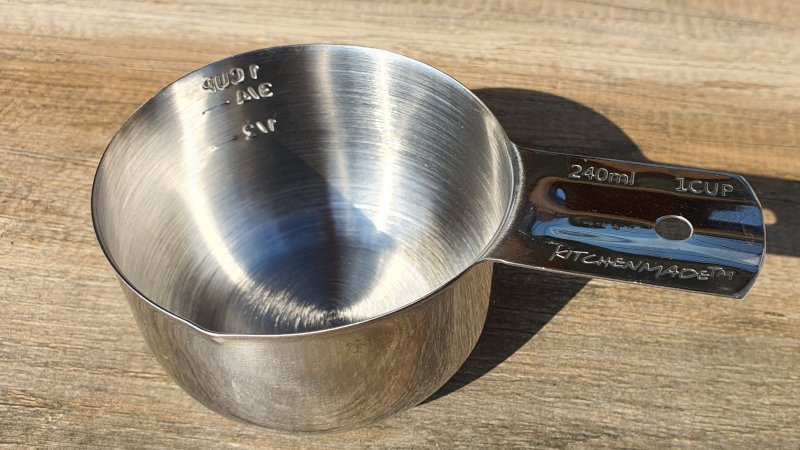Ah, the milliliter (ml, British spelling millilitre). It’s the little brother of the larger liter, and also a common cooking measurement to use. After all, there are not many recipes that call for an entire liter of liquid to be added unless you’re making something massive. However, if you need to convert the measurements to cups then things can get a little complicated for you.
They are such different forms of measurement that it can feel pretty complex and overwhelming when you first approach it. However, you don’t need to worry about going through it alone. We took you through the liter conversion process, and milliliters isn’t all that different. In fact, it’s fairly simple and remains quite a universal conversion to and from cups.
Looking at the Most Common Ingredients
It’s helpful to have a grasp of the most common ingredients that are used and measured in milliliters. After all, while you might be using a whole array of different ingredients there are some basic ones that can give us a good foundation to work with.
| Ingredient | Number of US Customary Cups | Quantity in Milliliters |
| Water | 1 | 236 |
| Milk | 1 | 236 |
| Coffee | 1 | 236 |
As you can see, the quantity tends to remain the same for all ingredients. This is because the milliliter system is only used for measuring wet ingredients. Even for liquids like honey, you would use spoons or grams instead of milliliters because of the viscosity. It should also be noted that we use the classic US customary cup for these quantities.
How Many Milliliters in a Cup?
Milliliters are a measurement of volume, which means it tends to be exclusively used for liquid measurements. It is commonly used, and there are several different types of conversion that you can use in addition to the classic US customary cup – as you will discover below.
There are 236ml in one US customary cup, which is a good basis for which to start your conversion process. It is very easy to use this to determine how much is in, for example, half a cup or a quarter cup as well based on this – 118.3ml and 59.15ml respectively.
Imperial vs Metric: The Battle
There is more to this system of measurement than meets the eye, and it brings us back to the classic battle between the imperial and metric systems. Even in the US, there is more than one type of measurement system for cups, which can make converting to milliliters a little tricky. No worries, we are here to lay it all out for you with the most common systems.
The US customary cup is the most common and the one that we tend to use. That’s where there is 236ml in one cup. The US legal cup is slightly larger and has 240ml to one cup. The difference is very minimal, but it can be enough to make or break a recipe if you add too much or too little to your chosen dish.
Following this, you have the metric and imperial system. The metric cup has 250ml per cup, which is notably larger than the US cup. You will find that this is commonly used outside of the USA. The imperial cup is very rarely used anymore because it was only prevalent in vintage English recipes. However, there is 284ml to an imperial cup.
| Cup | How Many ml In 1 Cup | |
| US Customary Cup | 236 ml | |
| US Legal Cup | 240 ml | |
| Metric Cup | 250 ml | |
| Imperial Cup | 284 ml |
While the US does still use the imperial system for its measurements, the cup sizes are different as they have evolved over time. The imperial system isn’t really used outside of the USA anymore, and this is why there are such noticeable differences between the sizes.
To Conclude
It can seem daunting, but this unit of measurement is easier to convert than you might think. It’s certainly a lot smaller than the liter, which can make it feel more confusing at first, but you will also come across the milliliter far more often when you are cooking. Hopefully, we have been able to make the process much easier for you.
If you want to discover more conversions and how to do it, we have an entire series of guides based on the topic for you. Whether you’re interested in grams, liters, or just how much rice should be served per person, we are here to answer all of your most pressing questions. Make sure you check it out, you won’t regret it.
